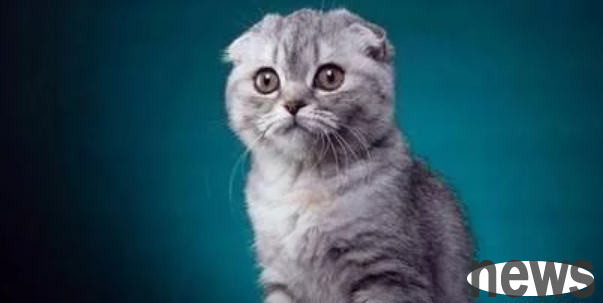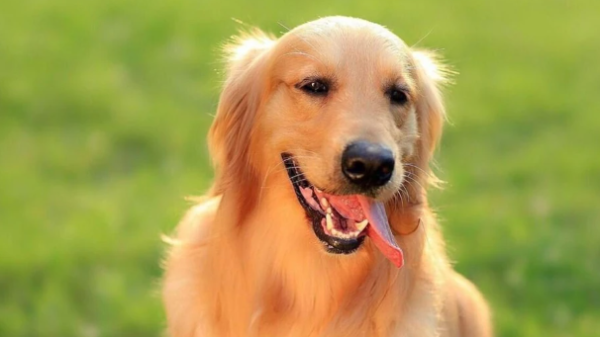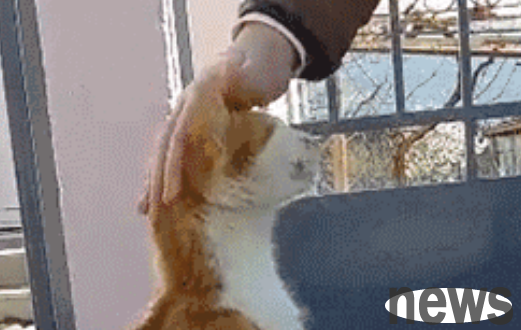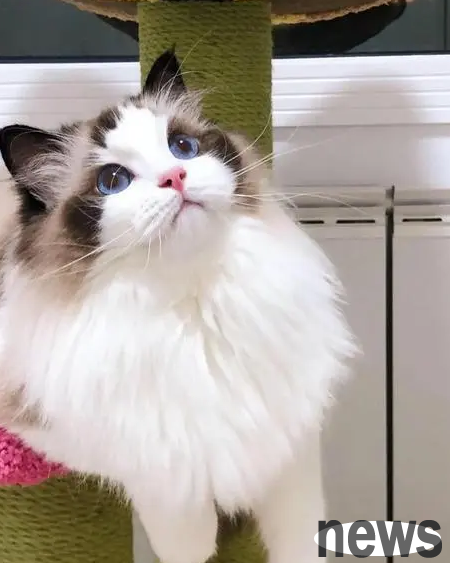For the sake of profit, humans ask the cat mother to return the cat and the kitten. How sinful is pet breeding?
In 1966, a cat lover in Toronto, Canada bred a litter of kittens at his home, including a kitten with sparse fur. The cat owner immediately realized that the cat could be used as a new breed. In order to obtain more stable traits, the cat owner asked the cat to backcross the cat mother and bred a hairless cat, also called the Canadian hairless cat.
This cat has no hair on its body, wrinkled and elastic skin, and is very popular with people who are allergic to cats but like cats.
However, this backcrossing method makes hairless cats suffer from multiple genetic diseases, so the World Cat Association refuses to recognize this cat. I will take you to know the specific reasons.

Backcrossing is a technology of biological breeding that can help organisms consolidate dominant genes.
We know that most organisms use DNA as genetic material. Since DNA is a double-stranded structure and only four bases, these four bases can be paired in pairs. Therefore, when self-replication is performed, the double-stranded structure of the DNA and the paired bases can check whether the chain is replicated incorrectly and correct the errors.
The gene will only mutate when the bases on the double-strand make mistakes at the same time. Therefore, it is difficult for organisms that use DNA as genetic material to undergo genetic mules, which can prevent cats from giving birth to mules, mules and horses.
However, slow mutation speed also means that new features appear slowly, because on the DNA chain, most genes are useless genes, and only a very small number of base replication errors at key sites will lead to gene mutation.
Without human intervention, the evolution of most organisms has no direction. As long as they can adapt to the environment, they can be selected to retain them, so organisms will not deliberately evolve some characteristics.
For example: dogs, dogs evolved from gray wolf, and have not been reproductively isolated so far. When ancient humans raising dog breeds, they would choose individuals with a docile temper from the offspring of gray wolf to retain them, or choose a certain color, characteristic, etc. With such a generation of choices, after N generations, the characteristics that humans want will be reproduced.
Due to human choices, although this reproduction method accelerates the probability of new species' emergence, it is still relatively slow. The backover method can greatly speed up this process.
Backcrossing refers to the mating of offspring and parents, strengthening a dominant trait. The more times the backcross, the more stable the trait.
Because this method can greatly speed up biological breeding, it is very common in pet breeding.
However, backcrossing means inbreeding, and many genetic diseases will be reinforced during backcrossing. This is also a common problem for purebred pets, such as: Canadian hairless cats have brittle bones and are prone to fractures. In addition, hairless cats also suffer from a variety of genetic diseases. Therefore, the World Cat Association refuses to recognize such cats.
In order to allow Canadian hairless cats to gain a stronger body, cat lovers spent 30 years crossing hairless cats with other cats, and after multiple rounds of crossing, they rebreed into hairless cats, so that the hairless cats can become as strong as other cats. In the end, the World Cat Association recognized the existence of this cat.
The Tragedy of Purebred Pets
Most purebred pets will inevitably move towards inbreeding when breeding, because there are generally only a few pets of new breeds when they appear. In order to obtain relatively stable traits, breeders will let them breed inbreed in order to make their bloodline "pure", which leads to the ancestors of some pet breeds being the same, or a few.
This reduces the genetic diversity of pets in this breed and limits the ability to resist diseases. Moreover, due to the lack of genetic diversity, many purebred pets suffer from genetic genetic diseases, the most typical of which is the folding cat.
Although the fold-eared cat is soft and cute, every day of life is torture for the fold-eared cat. Because of genetic defects, their ribs squeeze the heart, causing the respiratory tract to narrow, which is like humans strangle their respiratory tract with a rubber band, making it very difficult for them to breathe every time.
Furthermore, fold-eared cats are very prone to joint diseases, and sometimes this disease occurs when the cat is rarely seen and will accompany it throughout its life.
The fold cat also has genetic lesions on its feet, resulting in toe deformity and seriously affecting walking. In addition, fold cats suffer from a variety of genetic diseases that make them extremely painful every day they live.
In the 1970s, the UK published a report on the Folding cat, believing that the Folding cat has serious genetic problems and that for the health of this breed, the reproduction between Folding cats must be terminated.
However, in order to obtain high returns and for its cute appearance, humans are still breeding the fold-eared cat.
In addition to the folding cat, many purebred pets are more or less threatened by genetics. For example, King Charles Hound, whose brain becomes smaller and smaller due to human love, makes the brain unable to load brain capacity. Therefore, as long as humans touch their heads, they will have severe pain, like being stabbed by needles or scorched by fire.
There is no particularly good cure for this disease, so every day they live in the world is suffering. One-third of King Charles Hounds are suffering from this kind of torment.
In fact, it is understandable that humans reproduce in order to obtain the desired characteristics, but all of this must follow the laws of nature. To put it bluntly, pets are also life. Things that humans cannot do. I hope they will not impose on pets.




